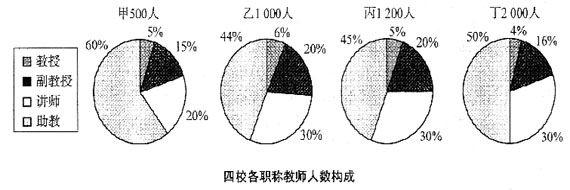问题
多项选择题
居民甲有四套住房,第一套价值80万元的房产自用,将第二套价值120万元的别墅抵偿了乙100万元的债务;将第二三套价值100万元的房产与阿交换房产,并收到丙赠送的价值20万元的小汽车;将第四套市场价值50万元的公寓房折成股份投入本人独资经营的企业。当地确定的契税税率为3%,下列说法正确的有( )。
A.甲不缴纳契税,乙纳契税30000元,丙纳契税6000元
B.甲缴纳契税6000元,乙纳契税36000元,丙不缴纳契税
C.甲、阿交换房产,应该由丙缴纳契税
D.甲将房产投资到本人经营的个人独资企业,应纳契税
答案
参考答案:A,C
解析: 甲自用住房不缴纳契税;甲将别墅抵债,是住房的出售方,不缴纳契税,而应该由承受方乙缴纳契税1000000×3%=30000(元);与丙换房,应该由支付差价的丙根据支付的差价缴纳契税200000×3%=6000(元);将公寓房折成股份投入本人独资经营的企业并未涉及房屋产权变化,也不用缴纳契税。

